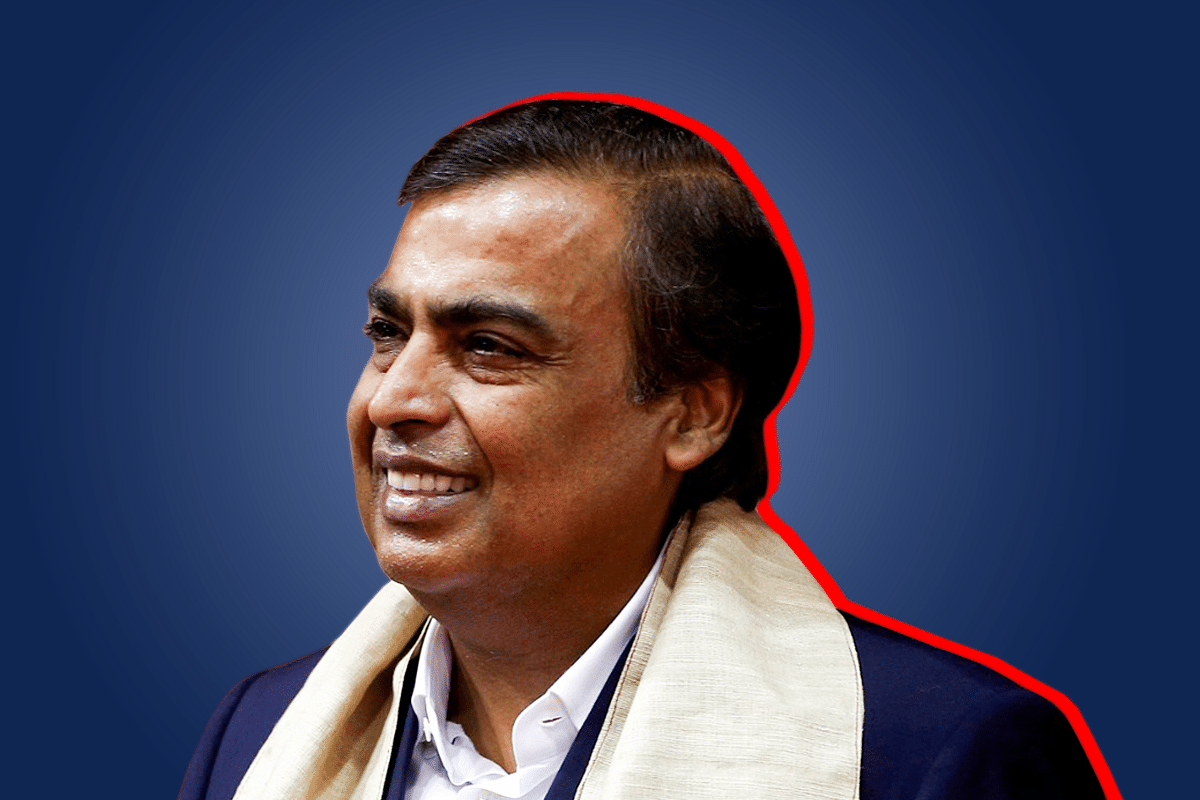Business
Why Churning Money, Both Debt And Equity, Is RIL's Core Of Core Business
- Financing is RIL's core business, without which none of the actual operating businesses would be as large or as cost-efficient.
- RIL is successful because it understands money — and how to churn it for profit.

Reliance Industries chairman Mukesh Ambani.
What exactly is Reliance Industries Limited’s (RIL’s) core business? From announcements at the annual general meeting yesterday (29 August), it would appear that it has four major core businesses currently: O2C (oil to chemicals), telecom and digital (Jio), retail and renewable or green energy.
Investments amounting to over Rs 3.5 lakh crore — Rs 2 lakh crore in telecom and 5G services, Rs 75,000 crore each in new energy and O2C, and unnamed sums to enable backward integration into FMCG (fast-moving consumer goods) to feed its retail arms, add up to huge investible sums.
The numbers tell the real story of what RIL is really about: at the core of its core businesses, it is a giant wholesale financing and capital allocation business.
In fact, one can argue that financing is its core business. Without that, none of the actual operating businesses would be as large or as cost-efficient.
Just one number will tell you why RIL is more about borrowing, generating, repaying and deploying money than any other competence.
In March 2020, after raising loads of equity from the likes of Facebook, Intel, Google and other long-term investors (including its own shareholders), RIL became a net zero-debt company, though some analysts think the numbers were massaged to reach this status.
But, ignoring that quibble, by June 2022 (ie, the first quarter of FY23), its debt was again rising substantially. Against gross outstanding debt of Rs 263,382 crore ($33.4 billion) as on 30 June 2022, its net cash and cash-equivalents were at Rs 205,727 crore ($26.1 billion).
That’s debt of more than Rs 57,000 crore barely two years after becoming net zero debt. One can rest assured that with the additional investments of Rs 3.5 lakh crore planned in O2C, 5G, FMCG and new energy, will make this debt bundle bloat again.
This brings us a clue on what RIL’s core business is: it is about raising finance far ahead of need and then constantly refinancing, repaying and retiring the debt at regular intervals based on equity infusions, internal cash generations and floating public offers to induct new shareholders.
This cash-savviness helps build the company’s other core competencies:
First, having ready cash means that project builders and suppliers to RIL can be squeezed for the best prices, making both the projects themselves cost-competitive and ensuring deliveries ahead of schedule. RIL’s famed project execution capabilities are built around this massive financing capability.
Second, the ability to pay top dollar for top talent — RIL almost overpays its top executives in return for absolute loyalty and commitment — means that the group always gets the best value for money in terms of execution capabilities.
Those used to multinational group working may not like this family loyalty addition to job responsibilities, but they can’t argue with someone who talks money.
Third, this financing ability implies that RIL can easily transform itself into an operating company and capital allocator to its subsidiaries.
It means that the transition from Mukesh Ambani to his three children, Akash, Isha and Anant, who will run Jio, Reliance Retail and the new energy businesses, respectively, will be smoother than what it was under Dhirubhai Ambani who made the fatal mistake of not separating his businesses between his two sons.
Mukesh will clearly oversee the business expansion at the RIL level, but his two sons and daughter will be challenged to provide return on equity that RIL will demand.
Fourth, the financing ability means debt and equity will be in a constant state of flux, with expansions being financed partly by debt, and successful expansions allowing for equity expansions, either through public listings or private investments.
The massive investments planned in 5G rollouts, retail, O2C and new energy will prompt RIL to list its subsidiaries in the coming five years as they become substantially profitable on their own.
Jio and Retail are already massively cash-positive and profitable. So, the debt being raised on their behalf will be amortised by expanding the equity base.
RIL is successful because it understands money — and how to churn it for profit.
Support Swarajya's 50 Ground Reports Project & Sponsor A Story
Every general election Swarajya does a 50 ground reports project.
Aimed only at serious readers and those who appreciate the nuances of political undercurrents, the project provides a sense of India's electoral landscape. As you know, these reports are produced after considerable investment of travel, time and effort on the ground.
This time too we've kicked off the project in style and have covered over 30 constituencies already. If you're someone who appreciates such work and have enjoyed our coverage please consider sponsoring a ground report for just Rs 2999 to Rs 19,999 - it goes a long way in helping us produce more quality reportage.
You can also back this project by becoming a subscriber for as little as Rs 999 - so do click on this links and choose a plan that suits you and back us.
Click below to contribute.
Latest